Built-in bookshelves cover the entire back wall of Mrs. Goggin’s kindergarten classroom, except for a wide gap in the middle where a green steam radiator was installed when North Elementary School in Skowhegan was built in 1953. When books and class projects on the back shelves started getting wet last year, she knew there was a problem.
Aging pipes buried behind the built-in shelves were leaking large amounts of moisture into the classroom and the musty smell warned maintenance staff the problem was worse than past steam leaks. While students were out of the building during February vacation, crews pulled the shelves off the wall and repaired the pipes, which wrapped around the perimeter of the elementary school.
“We ripped everything apart, cleaned it and put everything back new,” said David Leavitt, facilities manager for MSAD 54.
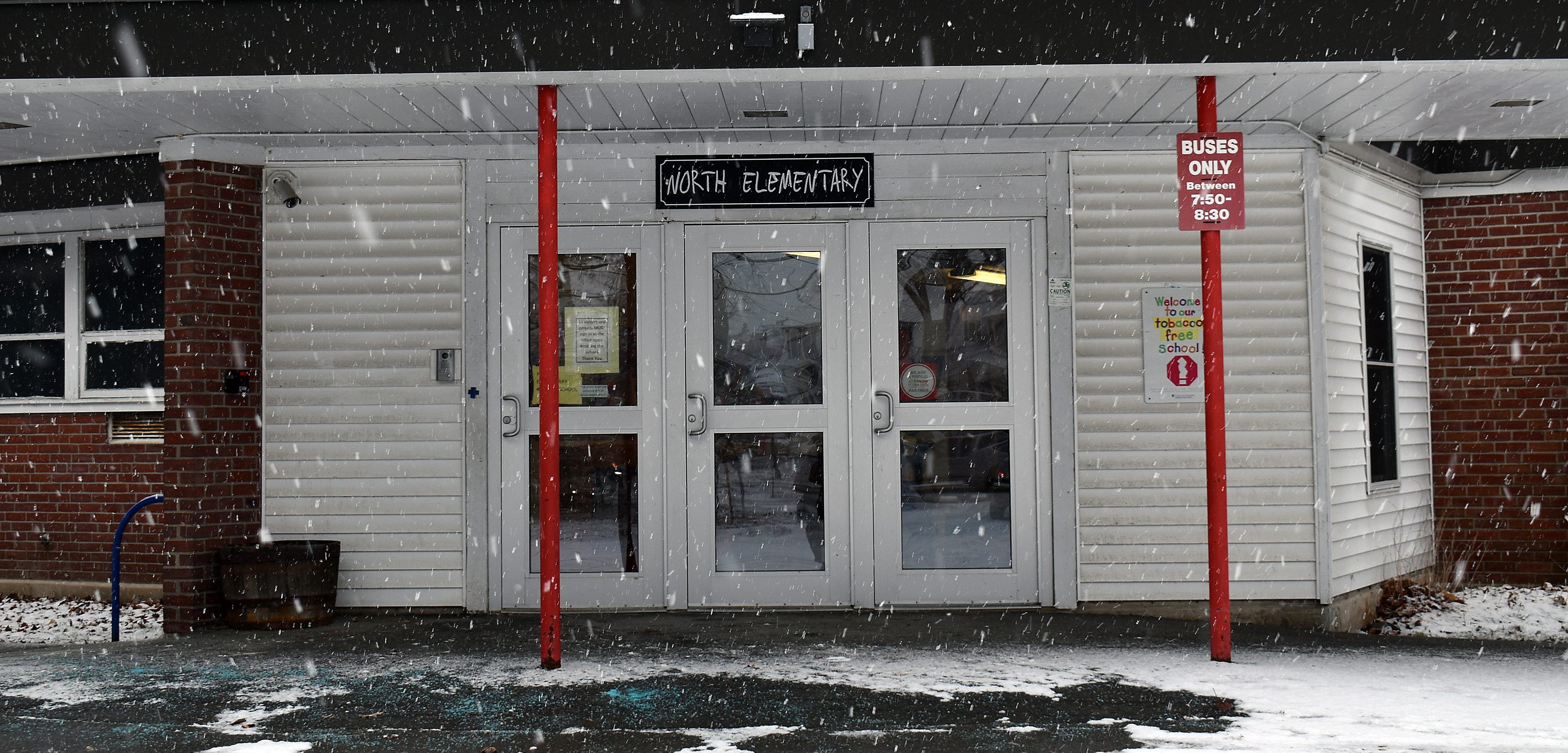
Maine’s older neighborhood schools remain in use well beyond their expected life spans. As the state’s ability to pay for new schools has slowed to a crawl, students are increasingly left to learn in buildings that are structurally unsound, lack modern electric, plumbing and heating or contain hazardous materials.
Maine has been chipping away at a backlog of more than $500 million of school construction and major renovation projects for the past 20 years. In that time, the state has approved 75 new school construction projects, but those account for only 30 percent of school districts’ identified needs.
“We’re in an interesting and, I would say, an ominous time with crumbling infrastructure,” said Commissioner of Education Pender Makin.
Local school districts rely on the state’s Major Capital School Construction program to access money to replace aging buildings. But the application process is competitive and requires extensive reporting on the condition of the building, grounds, programs and enrollment — deterring some districts from even applying.
The last time applications opened in 2016, a total of 74 schools applied. The majority, however, will never see a dime.
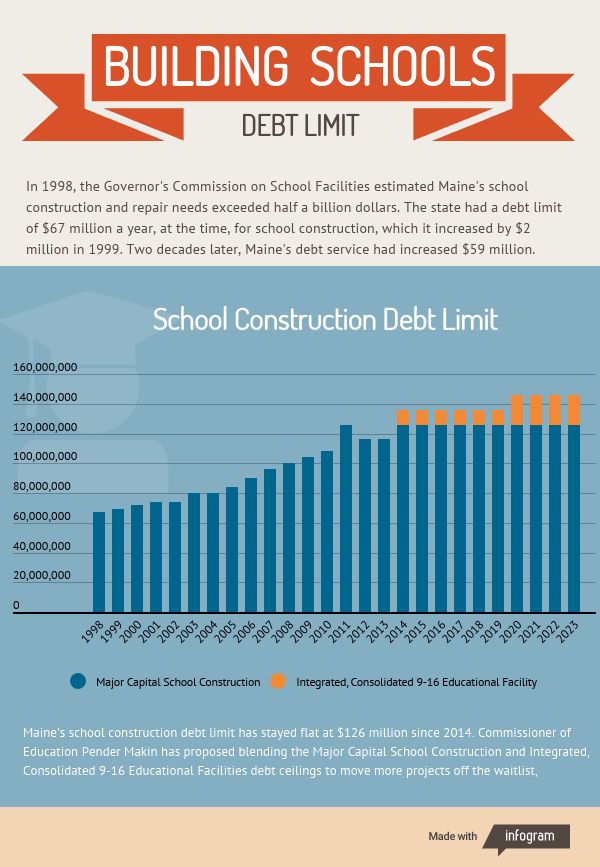
The state’s school construction debt limit — stalled at $126 million since 2014 — is insufficient to finance even the top 20 school construction projects every few years.
“To get to the top of this list — this is so competitive — you need to score well on all of these,” said Scott Brown, running his finger down the two-page scoring rubric.
An architect and engineer, Brown has led the Department of Education’s school construction program for 24 years. He and a team of four educators and engineers use a rigorous process to score and rank each building’s condition from greatest need to least.
These aren’t maintenance projects, Brown said. The 373 applications received in the past two decades were for projects that would require major investments to fix violations of health and safety codes or structural deficiencies that, in some cases, have threatened the accreditation or future of a local school.
But skyrocketing construction costs have grinded Maine’s system for approving schools to a near halt.
It took 14 months after the latest priority list was released for the Department of Education to find money to approve the first three projects on the state’s current priority construction list. It’s unclear how long the remaining 71 schools will have to wait.
Top of the list
When the Young School ranked fourth on the state’s priority construction list in August 2018, “it was awesome,” said Dominic DePatsy, superintendent of the Saco School Department. Sitting in the school’s small tan conference room more than a year later, however, he has begun to weigh whether the school can afford to continue to wait.
DePatsy anticipated that the five highest priority projects would be approved when the Department of Education announced funding. The October announcement that the state would fund only three schools was a blow.
Sixteen years ago, the elementary school was preparing to host a Thanksgiving lunch for students and grandparents when multiple teachers suddenly reported feeling sick. The school evacuated — leaving behind hand-drawn placemats and slices of pumpkin pie already set out for the event — and everyone walked to Saco Sports and Fitness with teachers carrying only emergency lesson plans. The building never reopened.
Six months of intensive testing could not confirm the cause of the illnesses, and the building was condemned and demolished, said Mike Garrity, director of facilities at Saco schools.
A temporary building opened in 2004 to house the Young School students and staff after they spent a year divided among Saco Middle School, the C. K. Burns School and portable classrooms in the parking lot of the Governor John Fairfield School. Fifteen years later, teachers and administrators said they never thought they would still be there.
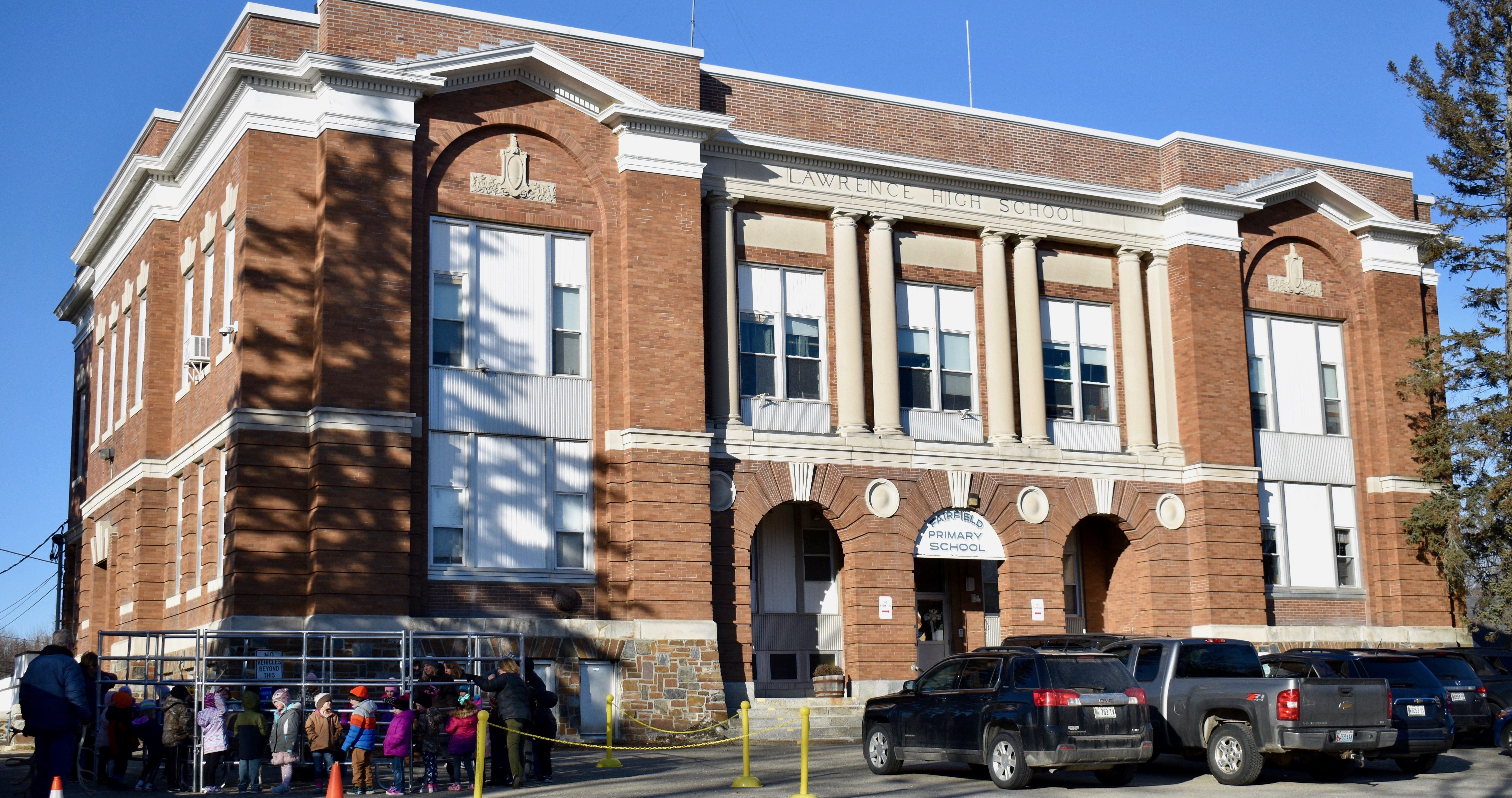
“We’ve made the best of it. Our business is to educate kids and the space is supportive of that, and we know our custodial and maintenance crews, when there are needed repairs, respond. But the bones are getting tired here,” said Principal Peter Harrison, who has led the school for 21 years.
Harrison weaved through students as they pulled on coats, snow pants and boots for recess in the hallway that doubles as a coat room, and peeked in the teacher’s lounge — really a converted closet — that also doubles as a copier and storage room. Nearly every space serves two or more purposes, but the school has nowhere else to expand.
Physically, the temporary school building is fine, but functionally it’s not, Garrity said.
The structure has an expected life of 20 years, but its infrastructure, including air control units, are only good for 10 years and are already a money pit for parts and replacement. The school department needs to balance how much it invests in repairs against the expense of building a new school.
The decision to only fund the first three projects in October may have set the construction of a new Young School back two years, DePatsy estimated. That could mean five to eight more years before students move into a new building.
The city of Saco delayed approving a $21.5 million local bond in 2016 to rebuild the Young School and renovate the Governor John Fairfield School because the Department of Education opened a new round of school construction applications. Now, DePatsy may propose the city consider paying for it on its own.
Whether Saco goes it alone or waits for state financing, the project is riddled with uncertainty.
Saco has three other schools on the priority school construction list, but they’re ranked low. If the Young School receives state money to rebuild, there is concern that the other schools may try to attach renovation funding to the plan, said the district’s director of finance, Jason DiDonato.
The state could also require the schools to consolidate, which historically has been rejected by the community and could kill a local referendum to approve the project. DiDonato speculated it would also more than double the overall cost of the project.
“It’s up to our community, if we want to do the waiting game or take the reins and take control,” DePatsy said.
Delayed retirement
The life expectancy of a school building is between 40 and 50 years. But the backlog of school construction needs in Maine has pushed many buildings and their infrastructure well beyond their expected retirement age.
Sewage backing up into floor drains and steam leaks inside the walls of North Elementary School in Skowhegan have placed the 66-year-old building No. 2 on the state’s priority list to replace.
Leavitt, who oversees facilities at MSAD 54, said no sewage has backed up into the elementary school in the past six to eight months. But the school has had problems during heavy rains with water and sewage infiltrating the building. In the worst case, approximately 4 to 5 inches of sewage backed up into the school’s boiler room one night. At other times, the system has backed up so much that sinks, drinking fountains and toilets could not drain or be flushed.
Maintenance crews cleared the inside of the school’s cast iron pipes to increase flow, which seems to have fixed the problem. But when one leak is plugged, another seems to open in an aging school.
Steam radiator pipes buried in walls and behind built-in cabinets leaked moisture into the elementary school’s walls several times last year. Maintenance staff took out cabinets and cut into classroom walls to make the needed repairs, but the work displaced some of the school’s 140 pre-kindergarten and kindergarten students in a building already short on space.
North Elementary’s library shares space with art and music instruction. There is one special education classroom, but no separate room for speech therapy, occupational therapy, physical therapy or behavioral services. And, despite a district policy of eliminating portable classrooms, the pre-kindergarten class is held in the portables across the yard.
“It’s space. It’s space for all the programs we want to have and to house everyone in the building,” said Principal Steve Gagne, reflecting on the biggest challenge to North Elementary School’s current home.
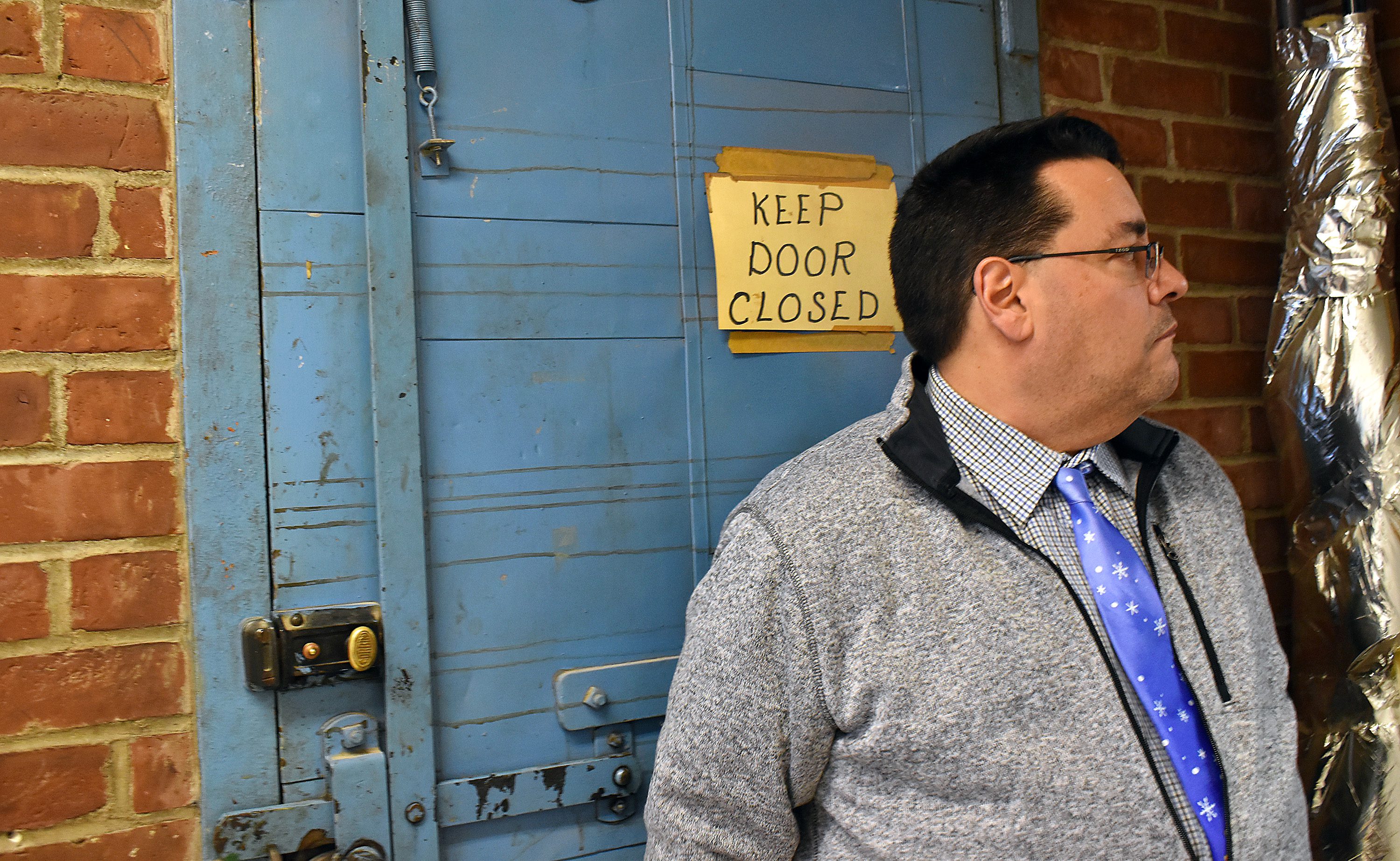
As educational programs evolve and support services in schools expand, Maine’s aging schools are becoming structurally and programmatically outdated, Brown said.
The average school in Maine was built between 1950 and 1960, and some structures go back to the late 1800s. That means most were constructed before modern building codes or the 1990 Americans with Disabilities Act, creating huge structural obstacles as school districts try to bring buildings into compliance with modern standards.
Fairfield Primary School — the state’s highest priority school to replace — was built on 13 different elevations and has no elevator, which makes it inaccessible to children with mobility handicaps. Those students are bused to other elementary schools in MSAD 49, according to the school district’s application.
The four-story, brick building is 102 years old and has served as a high school, junior high, middle and primary school at different points during the past century. Its age has also brought a myriad of modern problems to the school.
Rebuilt after a fire in 1926, the school has a large amount of asbestos floor tiles, plaster, pipe fittings and internal masonry that make modifying the school difficult. The school cannot drill through its walls to make electrical upgrades or hang pictures because of encapsulated asbestos in the walls.
The district’s application to rebuild Fairfield Primary was shocking when it arrived at the Department of Education in 2017. It was the first time the school had applied, yet it shot to the top of the state’s priority list.
“It has the issues you would expect a 100-year-old building to have. Our staff work diligently to ensure that it is safe for students. Their safety is our priority,” School Board Chair Jenny Boyden wrote in response to Pine Tree Watch’s request for an interview.
Breathing asbestos fibers can irritate the lungs and increase a person’s risk of developing lung cancer or mesothelioma, a rare cancer of the membrane that covers the lungs and chest, according to the federal Agency for Toxic Substances and Disease Registry.
If properly maintained, asbestos is not a problem. By law, public schools with asbestos must be inspected every three years and the condition of each asbestos-containing material rated on a scale of one to five — with one being the worst and five the best.
The Department of Environmental Protection does periodic compliance checks in the state’s public schools, said John Bucci, the lead and asbestos manager with the state agency for the past 30 years.
Anecdotally, he’s seen the amount of poorly maintained asbestos go down in Maine schools. Still, money is tight in districts and investing it in voluntary abatement of asbestos is not always the first priority.
“I think that schools take the asbestos issue seriously and that they are doing the best they can for maintaining it,” Bucci said.
The condition of Fairfield Primary School is not an outlier when the Department of Education looks at the 540 to 600 school buildings statewide, Makin said. The reality is that there are schools in the same condition as Fairfield Primary that do not have the staff resources to apply for funding, she said.
“I’ve spoken to many superintendents who can speak to similar situations in their buildings and they haven’t had the wherewithal” to apply for funding, Makin said.
A partial statewide analysis in 2006 found that $338 million would need to be spent to repair just current code violations and other major deficiencies within the 52 percent of Maine schools that provided data. The Department of Education hasn’t conducted a comprehensive analysis of school needs since.
Funding the gap
Since accepting the top job at the Department of Education in January, Makin has searched for ways to stretch funding to fix more of the state’s aging schools.
The commissioner of education is allowed to recommend funding for the school construction debt ceiling only during the second regular legislative session for the state’s next two biennium budgets. Lawmakers have final approval of the debt limit.
The annual debt ceiling increased $59 million between 1998 and 2014, but it has stayed flat, funded at $126 million since then. In the past two decades, the debt limit has never been sufficient to fund more than the top 20 projects.
Makin plans to propose to the state legislature a blended debt ceiling that combines the $126 million for school construction with another $20 million set aside to finance regionally consolidated high schools and technology centers. This could potentially allow more projects to be approved, she said.
Legislators will also consider a bill to increase the debt limit on school construction to $150 million. The bill, submitted by Rep. Michael Brennan (D-Portland), was tabled last session.
The cost of any new school building is spread across a 20-year repayment period. As the state pays off projects, its funds under the debt ceiling become available again and the commissioner of education can approve more school construction projects.

The state has to be careful with how much new school construction debt it actually approves. That debt will cause the local share of educational costs to go up for everyone. And it will be felt most by Maine’s affluent communities like Portland, said Jim Rier, the former director of finance and operations at the Department of Education.
Rier was appointed to the State Board of Education by Gov. Angus King and chaired the Governor’s School Facilities Commission in the 1990s. That commission documented the more than $500-million backlog of school construction and renovation needs in the state. He later designed the state’s education funding formula.
The commissioner has historically funded school construction projects $20 to $30 million below the debt ceiling — at $100 million — because the debt ceiling, by law, cannot be exceeded.
Whether the state should increase the debt ceiling and bond more school construction debt is a balancing act between the rising construction costs from delayed projects and the increasing cost of education statewide from a higher debt ceiling, Rier said.
Maine will likely need to raise the debt ceiling while also investing money in renovation projects to address the backlog, said Steve Bailey, executive director of the Maine School Management Association.
The organization provides its members information on how to apply to the Major Capital School Construction program. But for at least the past 10 years there has been growing concern about the limited funding available to schools that apply.
It’s clear that the need for funding is great, and the ability to pay is not, Bailey said.

For the state to get the most bang for its buck, schools may have to consider consolidation. One of the first items the architect hired to design a new North Elementary in Skowhegan will do is to look at whether MSAD 54 should combine it with the Margaret Chase Smith, Bloomfield and Canaan elementary schools.
MSAD 54 has already undergone an extreme consolidation effort during the past several years with Mercer Elementary School and Smithfield Elementary School closing in 2008 to consolidate into a new pre-kindergarten through sixth grade school in Norridgewock. In 2010, Cornville Elementary School also closed. The closures saved the school district $2 million annually.
Moving a school even a few miles across a town line have killed some of the 75 approved school construction projects, including the proposed rebuild of Machias Memorial High School that would have included a career and technology center, Rier said. The location of the new school — across a town line — kept the project from being approved locally.
The Maine School Board Association and Maine School Superintendents Association support consolidation or regionalization “where it makes sense” for costs and other efficiencies, Bailey said. But until communities can see those benefits, they prefer to keep students close to where they live.
“When it comes to combining more than one town into a regional unit of some kind, local control overrides all that,” Rier said.
Wait Listed
To get funding, some school districts have had to gamble that working ahead will pay off with approval of the project.
Connie Brown was the superintendent of Augusta School Department from 1999 to 2013, when Cony High School was downtown on the site of what is now a Hannaford supermarket. She remembered standing on the top floor of the school and looking down to other floors through a crack between the floor and walls, and how snow would blow through cracks in the translucent Kalwall siding after it had degraded for years in the sun.
“Cony is an example of a building from the ’60s that could hold a lot of kids, but it was deficient in so many ways,” she said.
A lobbyist was hired to increase the debt limit statewide, and the city raised a portion of the money it would be required to commit to the project. The school system also conducted multiple studies and worked with a builder to get several steps ahead in the process, on the gamble that it would be approved.
The gamble paid off on Aug. 21, 2002, when the Department of Education cut off approvals for school construction at project No. 11, Cony High School. The new school opened in 2006 next to the Capital Area Technical Center on Pierce Drive.
There are between 540 and 600 public school buildings in Maine and school districts have sought state assistance to rebuild or do major renovations at nearly 260 buildings in the past two decades. Most schools have applied two or more times.
In the ’90s, once a school applied and was placed on the department of education school construction list, it was protected. Now, schools must invest in reapplying on an increasingly irregular schedule.
Maine approved 16 school construction projects during the last application cycle in 2010-2011, which stretched out for more than five years — longer than any cycle previously — before reopening in 2016 for new applications and re-ranking of projects across the state.
Lillian Parks Hussey School, one of four elementary schools operated by the Augusta School Department, was already a decade beyond its expected lifecycle and next on the state’s priority list for replacement when applications reopened.
“The Augusta Public School Department is disappointed that the DOE stopped funding at No. 17 on the list!!!” Superintendent James Anastasio wrote in the opening line of the school’s application in 2017.
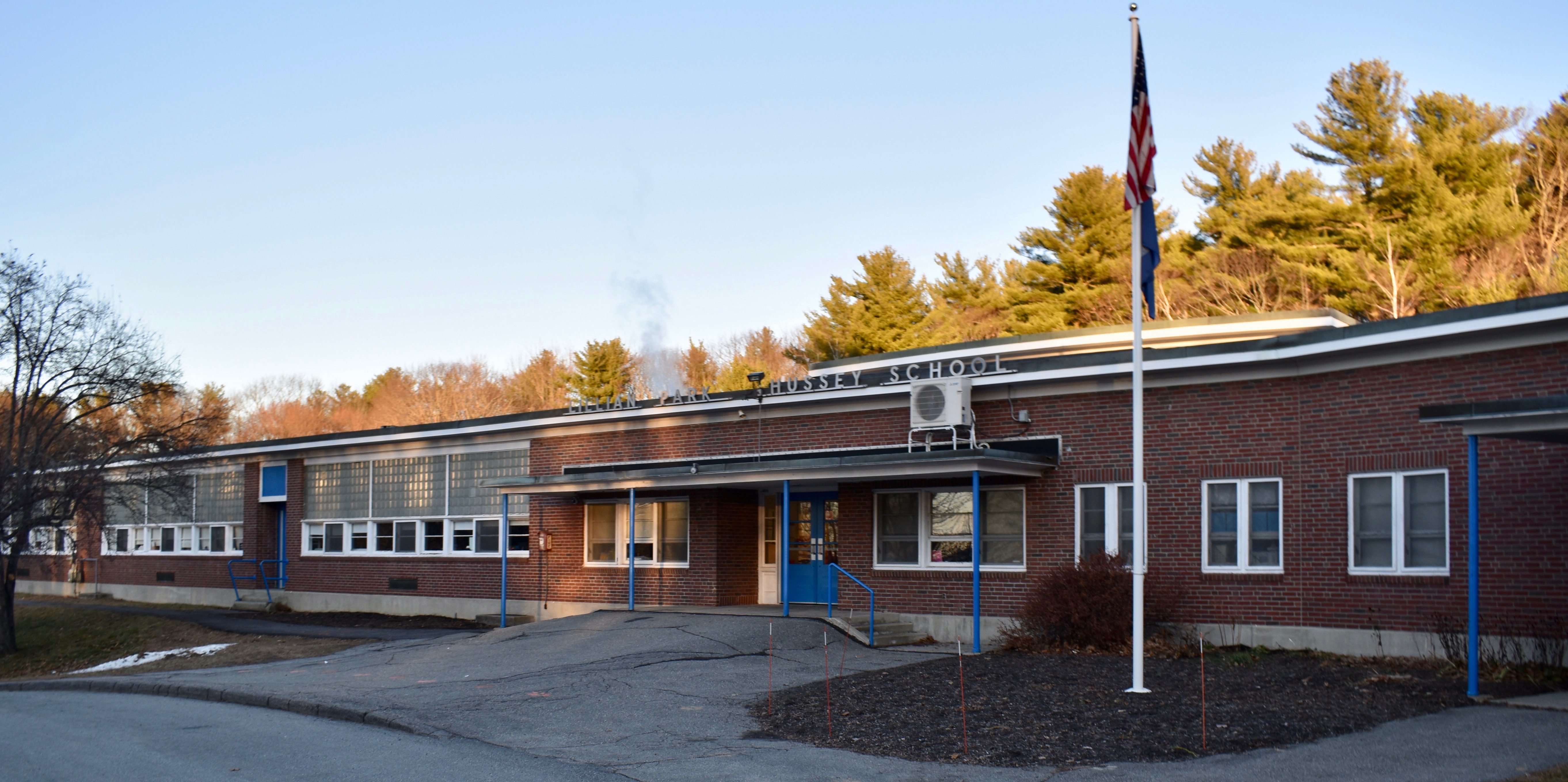
Just because a school was next on the list does not guarantee that it will rank first during the next application cycle. The Lillian Parks Hussey School is currently ninth on the state’s priority list and waiting again.
Schools are able to fix deficiencies at the school without being penalized during the next rating cycle, including replacing windows for efficiency, adding elevators for ADA compliance or fixing health and safety violations, Brown said.
The state appropriated $25 million to the fund, which replenished much of what had been lost in the past decade.
A Revolving Renovation Fund forgives between 30 to 70 percent of zero-interest loans up to $1 million to bring school buildings into ADA compliance, fix roofs and replace windows. The state has always received more projects than it can fund. It also has helped local school districts with approximately 600 health, safety and structural repairs at a cost of $175 million.
“When I look at it in a realistic sense, fixing and altering and renovating some buildings is what makes the most sense,” Makin said.
There is no boilerplate solution to fixing Maine’s aging school infrastructure, Makin said. It will have to be a tiered approach with options from close and consolidate, in certain cases, to build up and support in others.
Hanging on Makin’s office wall is a map of the state. She says what worries her is the large white swath of unorganized territory on the northwestern side of the state. There a school may be the community’s only gathering place, but increasing costs make it easier to turn off its lights and bus kids to neighboring districts, she said.
“Sometimes the entire identity of a town is wrapped up … in that little remote, rural school,” Makin said.
The state has not quantified the cost of infrastructure repairs and school construction costs in the places that have not applied in the last 10 years. They know the numbers only go up, and that the wait list gets longer.







